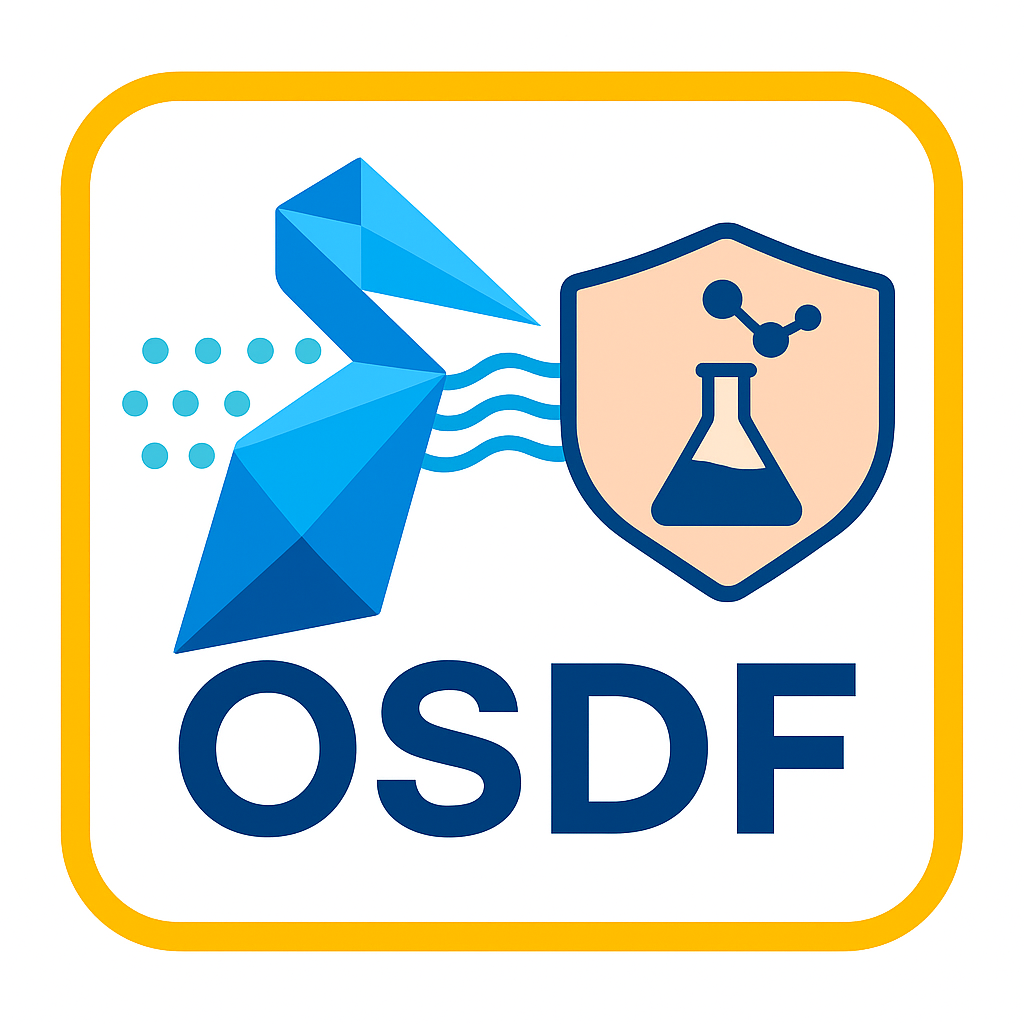
This Project Pythia Cookbook covers using the Open Science Data Federation (OSDF), a service for streaming scientific data across the globe.
Motivation¶
Have you ever been frustrated by the complications of accessing scientific data? Why can’t it “just work”, like watching a Netflix movie?
The OSDF is a service that simplifies the streaming of a wide range of scientific datasets with a goal that data access “just works”. It is meant to improve data availability for researchers working at any scale from individual laptops to distributed computing services such as the OSG’s OSPool.
This cookbook gives motivating use cases from the geoscience community, including using datasets from NSF NCAR’s Geoscience Data Exchange (GDEX) and the datasets of AWS OpenData.
Authors¶
Harsha R. Hampapura Brian Bockelman Alexander Hoelzemann Carrie Wall Emma Turetsky Amandha Wingert Barok Aashish Panta Joanmarie Del Vecchio Justin Hiemstra Douglas Schuster Riley Conroy Kibiwott Koech
Contributors¶
Structure¶
This cookbook is broken up into two pieces - some background knowledge on the OSDF service itself and then a series of motivating examples from different repositories accessible via the OSDF.
OSDF Fundamentals¶
What is the OSDF? Who supports it? How can it benefit from my science? A dive into the infrastructure itself.
Using Datasets from NCAR’s Geoscience Data Exchange¶
NSF NCAR’s Geoscience Data Exchange (GDEX) contains a large collection of meteorological, atmospheric composition, and oceanographic observations, and operational and reanalysis model outputs, integrated with NSF NCAR High Performance Compute services to support atmospheric and geosciences research. This chapter demonstrates how to use common data science tools when streaming from the GDEX.
Using Datasets from FIU’s Envistor¶
Florida International University (FIU) runs the Envistor project, aggregating climate datasets from the south Florida region.
Using NOAA’s SONAR Fisheries Datasets¶
NOAA maintains a copy of its SONAR-based datasets of Atlanta fisheries data in the popular Zarr format. This chapter shows how to load and use the datasets and fuse it with other products.
Using Sentinel Data from AWS¶
All of AWS OpenData is connected to the OSDF! This chapter includes examples of streaming Sentinel-2 data, stored in AWS’s OpenData program, to your notebook.
Running the Notebooks¶
You can either run the notebook using Binder or on your local machine.
Running on Binder¶
The simplest way to interact with a Jupyter Notebook is through Binder, which enables the execution of a Jupyter Book in the cloud. The details of how this works are not important for now. All you need to know is how to launch a Pythia Cookbooks chapter via Binder. Simply navigate your mouse to the top right corner of the book chapter you are viewing and click on the rocket ship icon, (see figure below), and be sure to select “launch Binder”. After a moment you should be presented with a notebook that you can interact with. I.e. you’ll be able to execute and even change the example programs. You’ll see that the code cells have no output at first, until you execute them by pressing Shift+Enter. Complete details on how to interact with a live Jupyter notebook are described in Getting Started with Jupyter.
Note, not all Cookbook chapters are executable. If you do not see the rocket ship icon, such as on this page, you are not viewing an executable book chapter.
Running on Your Own Machine¶
If you are interested in running this material locally on your computer, you will need to follow this workflow:
Clone the
https://github.com/ProjectPythia/osdf-cookbookrepository:git clone https://github.com/ProjectPythia/osdf-cookbook.gitMove into the
osdf-cookbookdirectorycd osdf-cookbookCreate and activate your conda environment from the
environment.ymlfileconda env create -f environment.yml conda activate osdf-cookbookMove into the
notebooksdirectory and start up Jupyterlabcd notebooks/ jupyter lab
- Hampapura, H. R., Hoelzemann, A., Wall, C., Panta, A., Schuster, D., Kent, J., Turetsky, E. T., Wingert Barok, A., Bockelman, B., Hiemstra, J. T., Conroy, R. P., Del Vecchio, J., Koech, K., & OSDF cookbook contributors. (2025). OSDF Cookbook. Zenodo. 10.5281/ZENODO.16802785